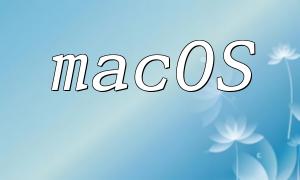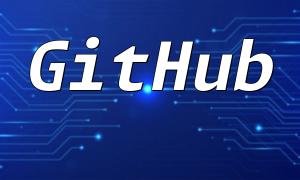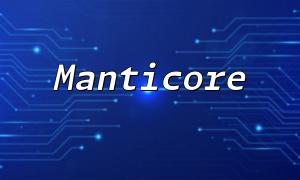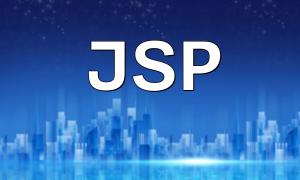In today’s software development landscape, performance and data handling capabilities are critical. Combining Lustre, a high-performance distributed file system, with PHP, a widely-used server-side language, provides developers with a flexible and scalable solution. This article dives into the advantages of their integration and how to implement it effectively.
Lustre is an open-source distributed file system designed for high-throughput and low-latency environments. It is commonly used in high-performance computing systems. Its architecture enables efficient workload distribution across multiple nodes, greatly enhancing data access and processing speed.
PHP is a popular scripting language for building dynamic websites and applications. With a large developer community and extensive ecosystem, PHP is known for its ease of use and rapid development capabilities. When paired with Lustre, PHP applications can efficiently handle large-scale data operations.
Combining Lustre with PHP brings several key advantages:
High Performance: PHP applications can maintain fast response times even under heavy data loads, thanks to Lustre’s distributed storage capabilities.
Scalability: Lustre allows for seamless addition of storage nodes. PHP applications can easily adapt to growing infrastructure demands.
Data Reliability: Lustre provides data redundancy and recovery options, ensuring the integrity and safety of data within PHP applications.
Integrating Lustre with PHP involves a few key steps:
Begin by installing and configuring Lustre on your server environment. This includes setting up Object Storage Targets (OSTs), Metadata Servers (MDS), and mounting points on the client side. Refer to the official Lustre documentation for detailed setup instructions.
Ensure PHP is installed on your servers, along with any required extensions. Update the PHP configuration (e.g., php.ini) to enable file operations within the Lustre-mounted directories.
Once Lustre is mounted, PHP can interact with it using standard file I/O functions. Here’s a basic example of reading and writing data:
$filePath = '/lustre/data/myfile.txt'; // Lustre path
$data = "Hello, Lustre and PHP!";
// Write data
file_put_contents($filePath, $data);
// Read data
$content = file_get_contents($filePath);
echo $content;This sample demonstrates writing to and reading from a file stored on a Lustre path—suitable for logging, caching, and other high-throughput use cases.
The integration of Lustre with PHP offers a powerful foundation for building scalable, high-performance web applications. By combining the strengths of distributed storage and efficient scripting, developers can meet demanding data processing requirements with ease.
Whether you're developing scientific computing platforms, enterprise data management systems, or large-scale content delivery networks, the synergy between Lustre and PHP opens up new possibilities for performance-driven solutions.









